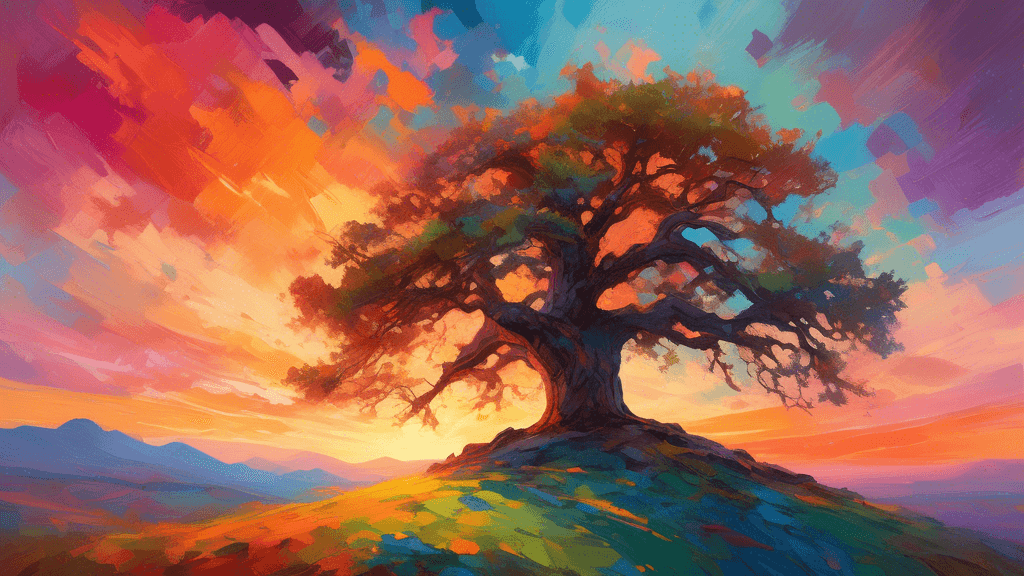
Capturing Emotions: The Art of Landscape Storytalking
Share
The Intricate Dance of Art and Emotion in Landscape Photography
Landscape photography transcends mere capture of serene and untouched environments. It is an art form that speaks, a narrative crafted by the photographer, often aimed at advocating for nature’s preservation and awakening the viewer's environmental consciousness. But, what transforms a beautiful landscape photo into a powerful story?
Understanding the Emotional Impact of Landscapes
Before delving into techniques, it's essential to comprehend the emotional depth that landscapes can convey. Natural environments are not just aesthetically pleasing; they evoke feelings of wonder, peace, and sometimes, melancholy or foreboding. How does a landscape photographer harness these emotions and craft a dialogue through images?
- Connection: Each landscape holds a unique story that resonates on a personal level with viewers.
- Conservation: Showcasing the beauty and fragility of ecosystems can prompt a call to action to protect these spaces.
- Contemplation: Landscapes encourage viewers to reflect on their relationship with the environment and the larger world.
Renowned landscape photographer Ansel Adams once said, A photograph is usually looked at—seldom looked into. This insight captures the essence of landscape story-telling; it is not just about seeing, it's about experiencing.
Crafting the Narrative in Landscape Photography
To effectively storytalk through landscapes, photographers need to consider several artistic and technical elements:
- Composition: The arrangement of elements within a shot can guide the viewer's eye and highlight the story you wish to tell.
- Light: Understanding and utilizing different qualities of light can dramatically affect the mood and emotional impact of a photograph.
- Timing: Capturing moments like a rolling storm, a tranquil sunrise, or the elusive wildlife, adds layers to the narrative.
- Perspective: Changing the point of view can alter the story’s tone. A high vantage can offer a grand, expansive perspective, while a ground-level shot might provide an intimate glimpse into the landscape’s finer details.
Examples of Emotionally Compelling Landscape Photography
Consider a photograph of a dilapidated tree in a barren field with storm clouds gathering above. The image might evoke loneliness or resilience, depending on the viewer’s interpretations and experiences. Here, the photographer's choice in framing, exposure, and timing come into play to deepen the emotional connection.
Another scenario might involve a vibrant, bustling coral reef. The interplay of color and movement captures the eye, but it's the looming threat of coral bleaching that might add a poignant, urgent undertone to the image, echoing calls for marine conservation.
Conclusion: The Responsibility of a Landscape Photographer
The role of a landscape photographer extends beyond the creation of beautiful images; they wield the power to affect change. By connecting viewers to distant landscapes, photographers are uniquely positioned to promote awareness and advocate for the conservation of these environments. Through their lens, they can tell the often unspoken stories of the natural world, urging humanity to take note and take action.
As we reflect on the impact of landscape photography, consider how your engagement with these images can extend beyond appreciation. Are there actionable steps you can take to support environmental initiatives? Can your increased awareness influence others? Engage, share, and be part in the global effort to preserve our planet’s stunning landscapes for generations to come.





